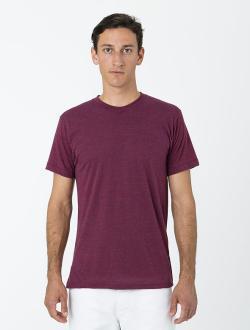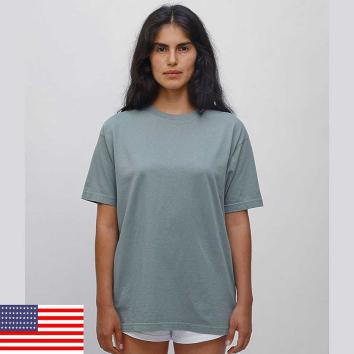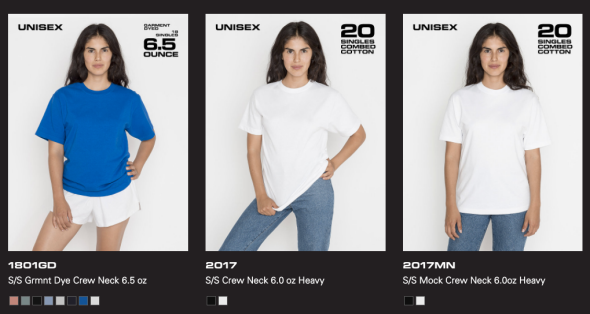For a while there, the future didn’t look so hot for Dov Charney, the ousted American Apparel founder you’ve probably confused for Terry Richardson more than once. After weathering several years of sexual-harassment lawsuits and assault allegations from former employees, the man who calls himself “one of the most forward-thinking industrialists and entrepreneurs of his generation” found himself booted from his own company, which soon after filed for bankruptcy twice, in 2014. The new leaders refused a $300 million offer to put Charney back in charge before selling off the company’s intellectual property to a Canadian T-shirt maker for just $88 million.
Charney was the living embodiment of the brand he’d helmed for two-and-a-half decades. He wore a uniform of basics—white T-shirts, crewneck sweatshirts, sweatpants, and simple slacks—paired with so-unflattering-they’re-flattering thick-rimmed aviators. He matched his commitment to fair labor practices and progressive politics on issues like immigration with an unredeemably skeevy attitude toward young women’s bodies. Who would he be without the company he’d painstakingly created in his own image? What could he create, unshackled from the suffocating confines of high-waisted shimmery jeggings?

We now have an answer: the same exact damn thing. Charney’s new company, Los Angeles Apparel, is now selling a collection of tops to wholesale printers, and they may as well be hanging off the flashbulb-lit frames of 80-pound teens already. (The current models are decidedly unsexualized, though Charney has promised that “human sexuality is part of the reason that people wear clothes,” so “you’re not going to escape our sexuality from a narrative about a clothing company.”)
The slim-cut tri-blend crewnecks you gifted your boring boyfriend in college; the red-and-white raglan tees you bought when you and your friends were zombie old-timey baseball players for Halloween; the white-zippered hoodies that were as close to a fashion status symbol as hipsters got in the early aughts—they’re all here!

The company admits, or maybe boasts, the garments’ indistinguishability from Charney’s old goods. The “classic originals” Los Angeles Apparel sells “are equivalent to the styles Charney has offered in the past, from a specification, color and textile perspective,” the site reads. It also states that any other “style that was made by Dov in the past” could be available for a custom order.
If you’re looking for something a bit more cutting-edge that could give Los Angeles Apparel a leg up over its American (now Canadian) counterpart, check out the company’s “new innovations” page, where you’ll find—more solid-colored tees and sweatshirts?

These appear to be crafted from thicker and coarser fabrics than American Apparel standards, and built in baggier cuts. This has the effect of making Charney’s female model, who might have been slinking around with her nipples poking out of a sheer tank in years past, look almost comically lost in a gigantic, shapeless cube of undrapeable fabric.

Having pioneered the mass-produced fitted “women’s” tee more than a decade ago, Charney has now taken his powers of creativity in the opposite direction: making soft, flattering essentials less comfortable and more awkward to wear.
On the surface, that wouldn’t seem like a promising solution to American Apparel’s fatal flaw: nobody buying its clothes. Then again, Charney was doing elastic-ankled sweatpants and puffy-abdomened, high-waisted jeans long before anyone could have imagined they’d become long-lasting trends. If he is the marketing genius he claims to be, we can expect to be swallowed up by stiff, boxy T-shirts for years to come.
